How can steel improve sustainability in construction?
How Can Steel Improve Sustainability in Construction?
The construction business is one of the largest consumers of natural resources and contributors to the waste generated globally. The industry has been under the pump to adopt more sustainable methods for quite some time. Although construction business owners worldwide are taking steps to decrease waste production and reduce the resources used, experts recommend there is a scope for achieving a more sustainable construction environment.
Improving sustainability in the construction industry is all about three things:
- Using recyclable and renewable natural materials/resources for construction
- Reducing the energy usage and the amount of waste produced
- Minimising the impact of the construction work on the local environment
Using steel as a building material to achieve the sustainability goal
Steel is one of the most critical construction materials used in commercial and residential buildings. It is versatile, tough, and has excellent load-bearing capacity. Apart from its beneficial physical properties, steel has many other attributes as a construction material, which make it well suited to improve sustainability in construction.
As modular construction continues to gain wide acceptance, modular services like Nest-In from the house of Tata Steel offer a range of innovative building solutions. One such solution is HabiNest, a unique Light Gauge Steel Frame (LGSF) solution. It is ideal for building G+3 levels of industrial amenities and residential complexes.
LGSF and sustainable construction
With the constant innovation in steel processing technology, it is possible to develop high-strength and high-performing steel. This means it is now possible to construct a building using less steel than before, which in turn helps reduce the construction time and foundation weight.
HabiNest, a LGSF solution, use less space and foundation compared to traditional buildings of the same size and shape. These buildings can be constructed in almost 1/3 the time it takes for brick-and-mortar construction, and they provide more usable space inside the home.
Steel is naturally strong and durable. It can last for more than 100 years with little or zero maintenance. HabiNest have a superior strength-to-weight ratio, which makes them highly resistant to strong winds and seismic forces; these structures can withstand wind speeds up to 240 km/hr.
Apart from being strong and durable, the steel used in the construction of buildings, at the end of its life cycle, can be recycled and used for other purposes. Talking about recyclability, HabiNest uses steel that is 100% recyclable.
One of the biggest concerns related to the construction business is the wastage of critical natural resources and its impact on nature and global pollution. However, with the widespread use of LGSF-based construction solutions like HabiNest, it is possible to achieve 48% to 65% environmental savings compared to conventional RCC structures.
Thus, with so many benefits of using steel in construction, it can contribute to sustainable construction practices and set a new global standard for the construction industry.
Contact Us
Recent Post
Addressing the Demand for Durable, Long-Lasting Infrastructure
Rapid Response Infrastructure: Building Fast When Time Matters
Reduce Construction Pollution with Prefab: A Cleaner Way to Build
How Nest-In’s Off-Site Construction Outperforms On-Site Chaos
The Benefits of Prefab Construction: Faster, Stronger & Smarter
Category
- Nest-In 102
- HabiNest 65
- MobiNest 122
- Nestudio 28
- EzyNest 21
- Smart EzyNest 6
- ChargeNest 7
- Covid Offerings 4
- Brand 7







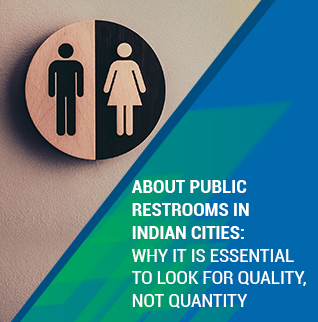



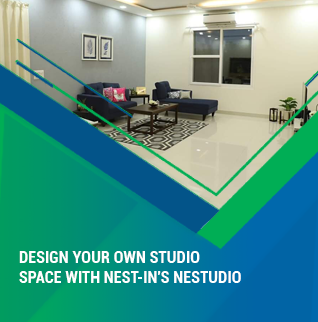






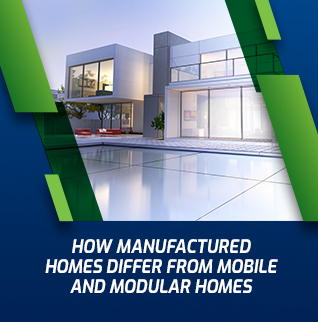


























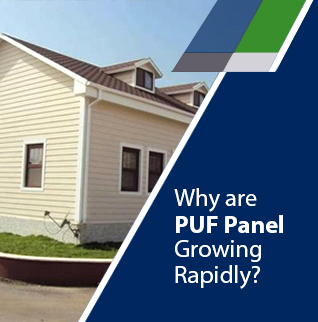




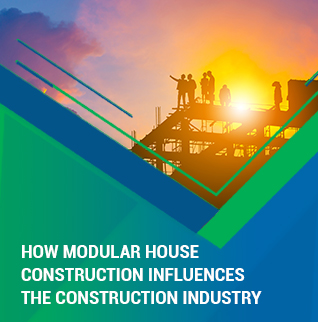







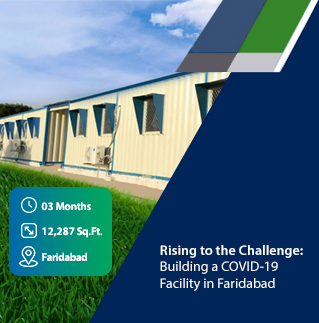




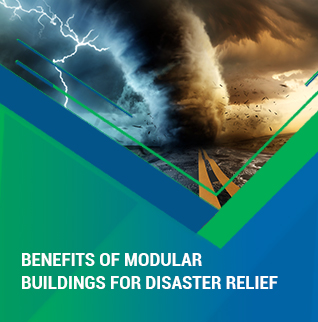

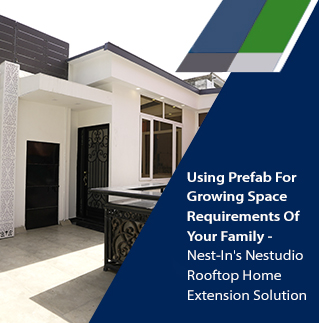




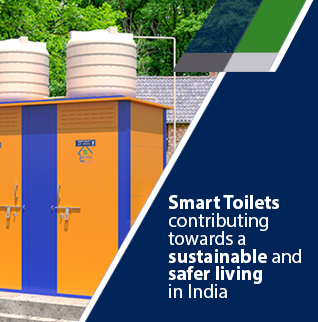






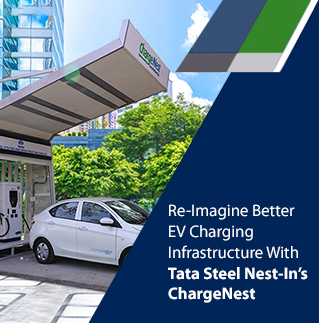





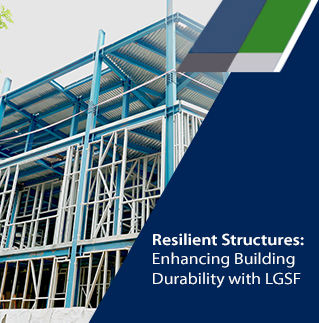

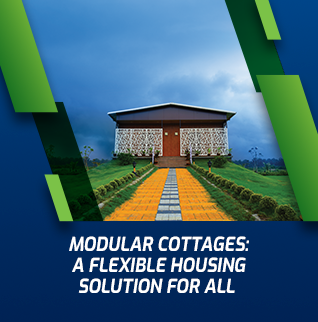












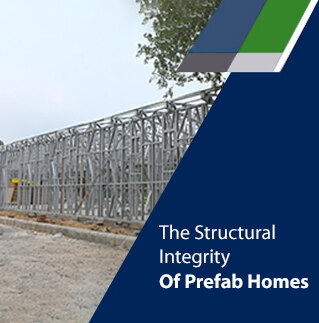















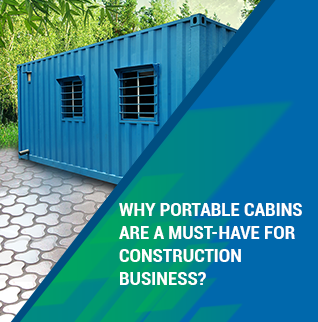

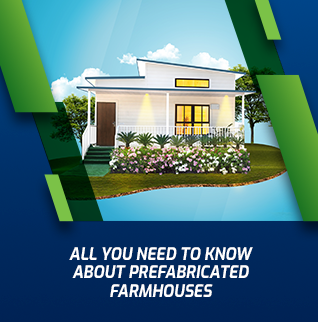
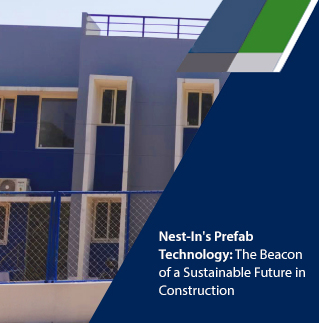




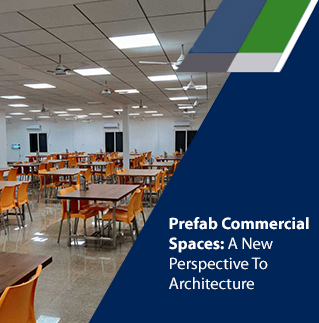
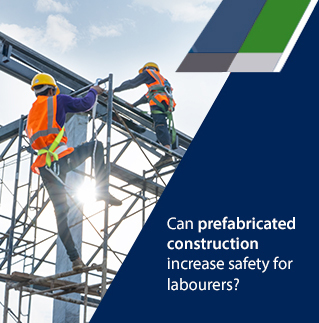
















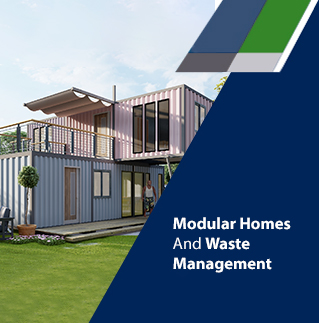






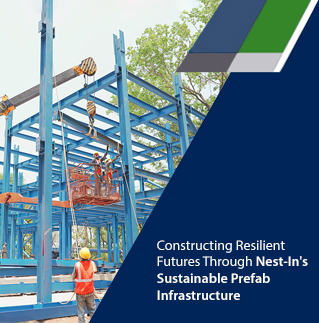





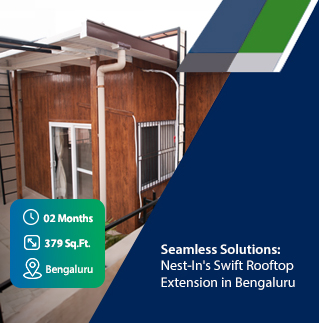





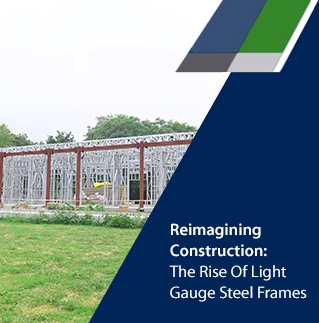















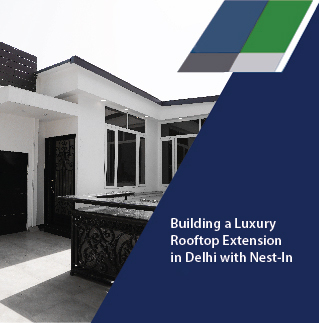











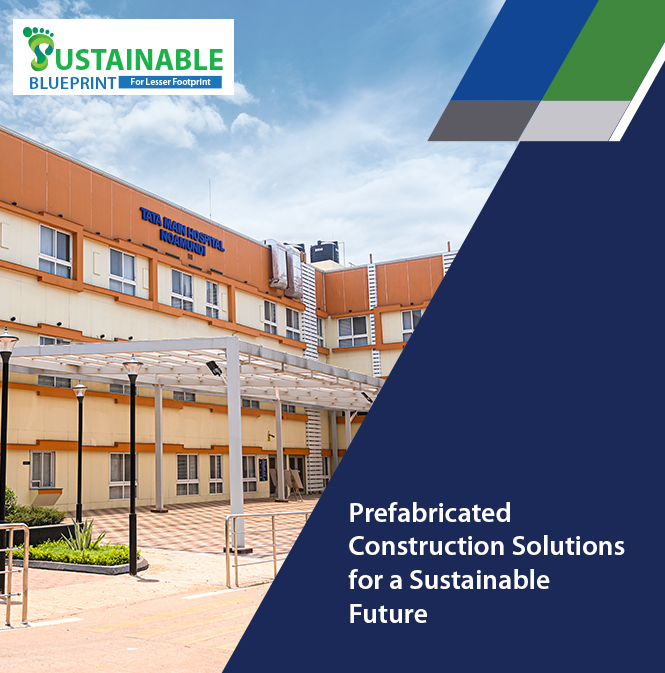




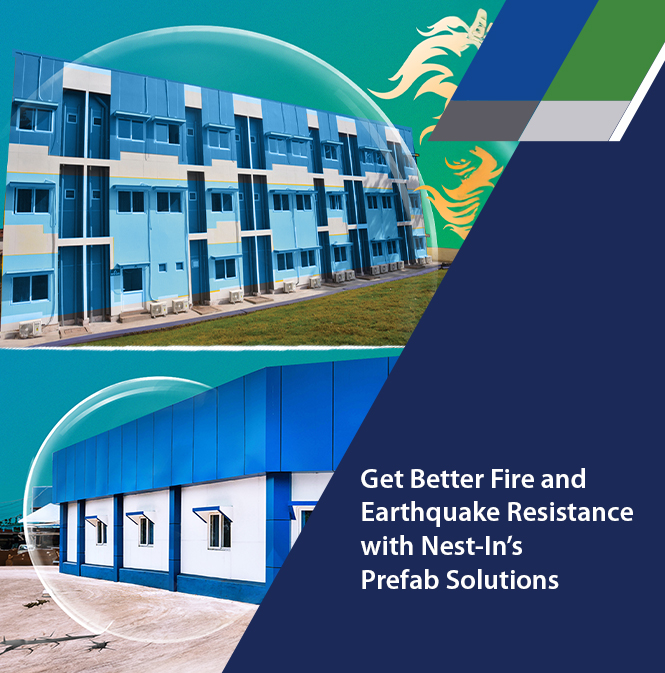









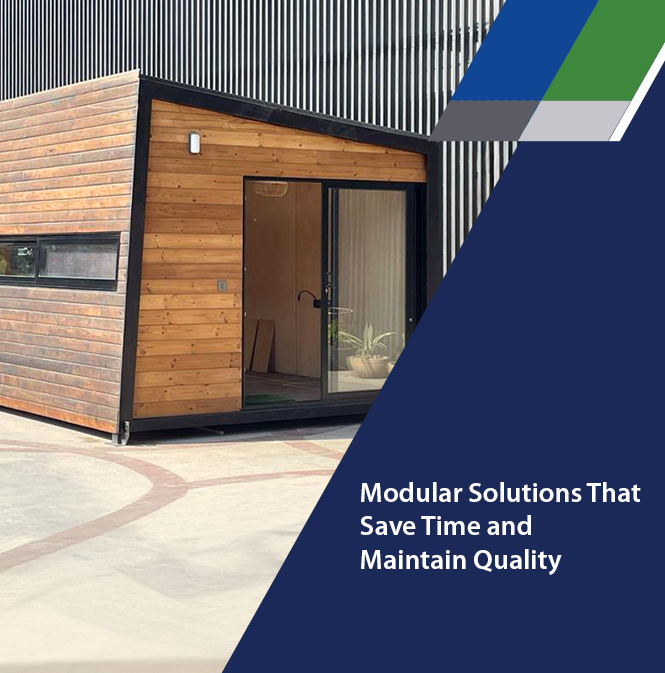





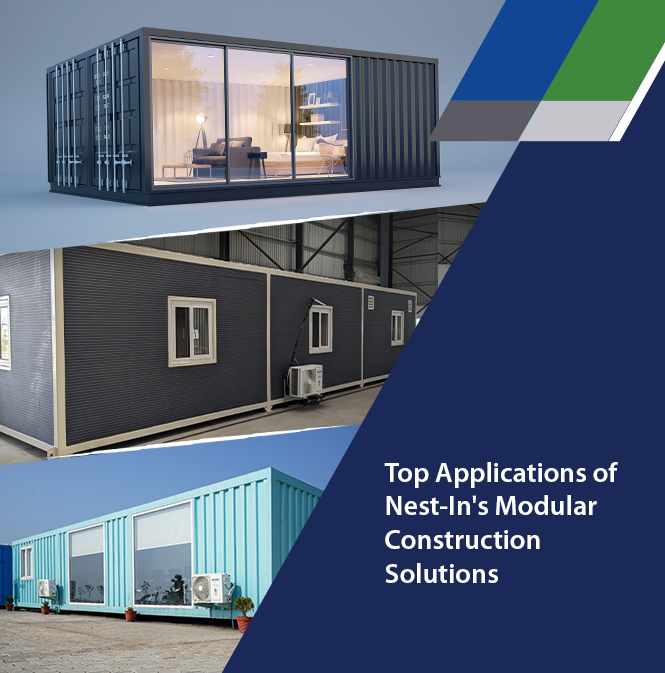

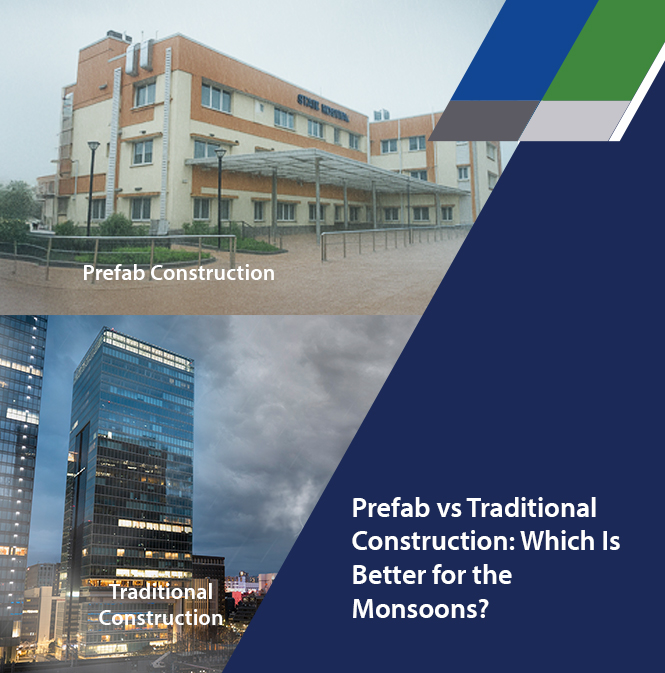







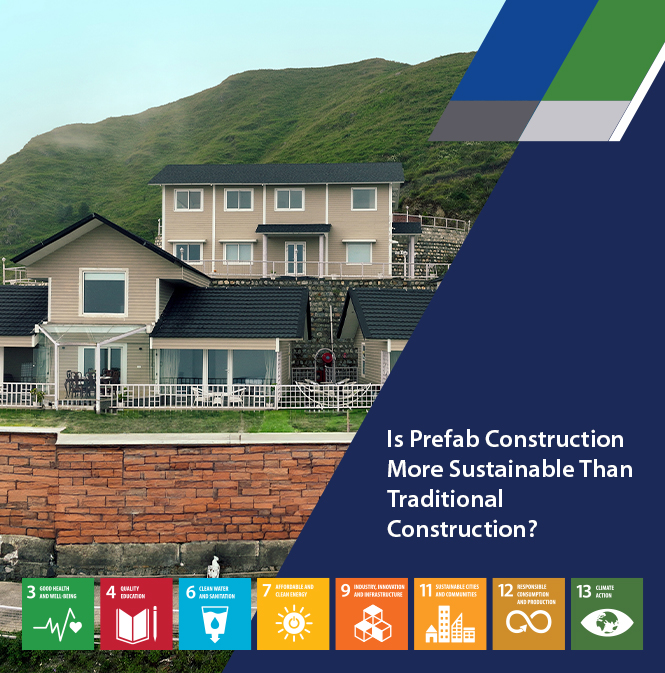
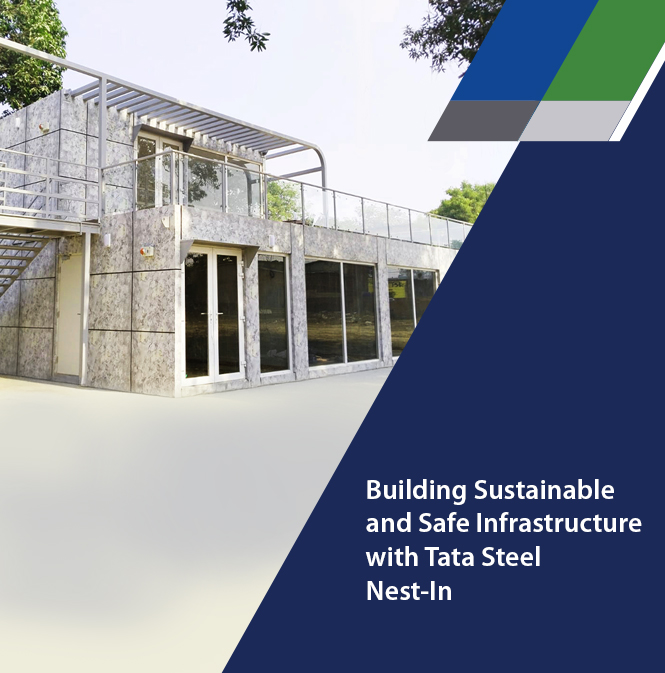




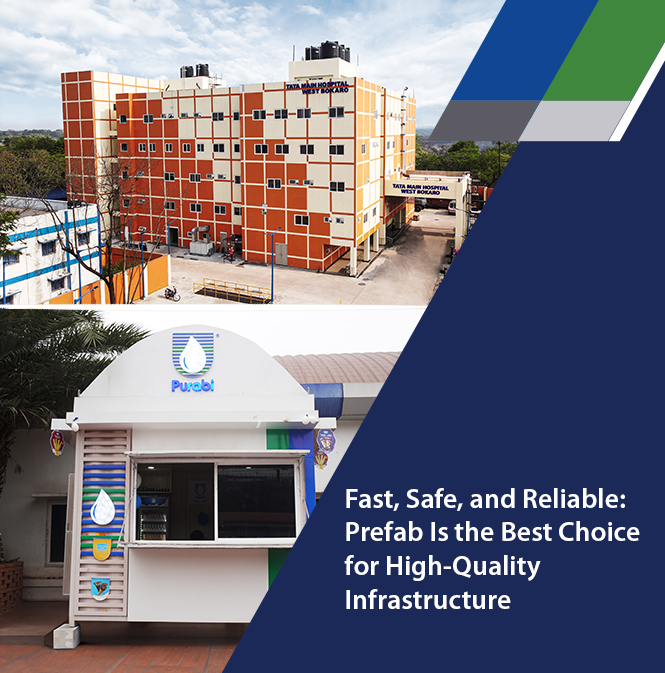
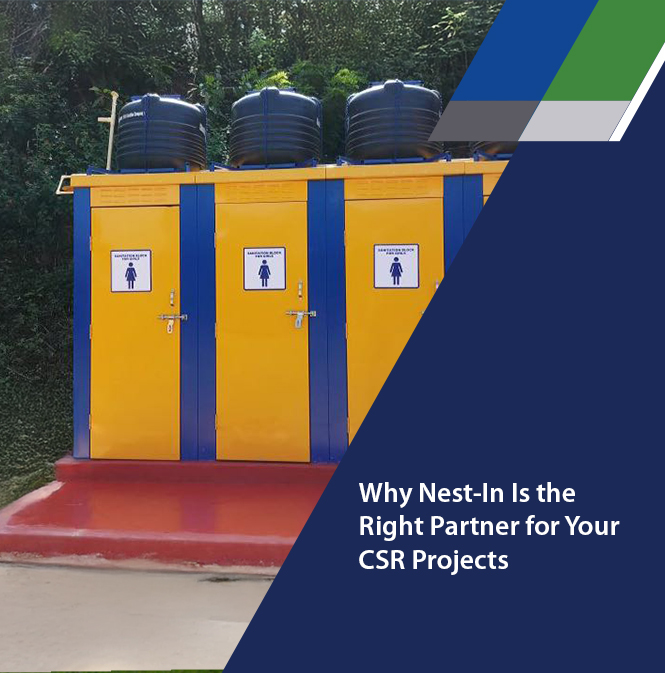
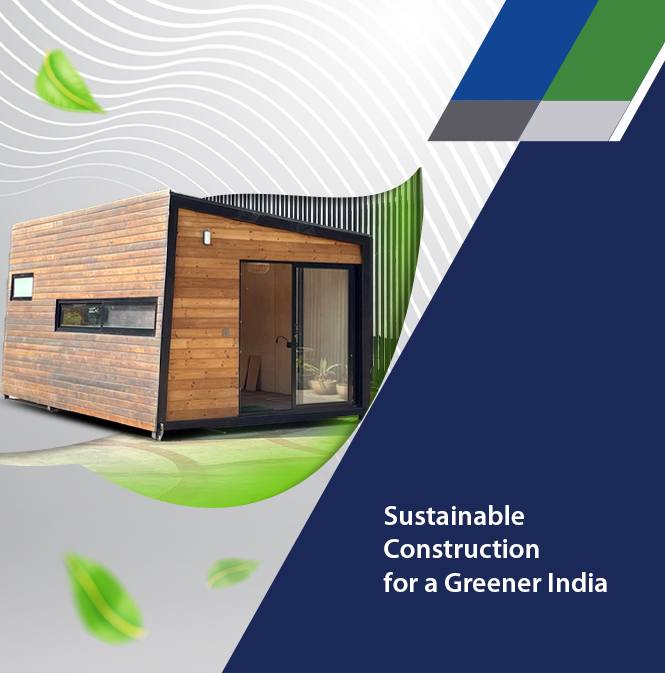



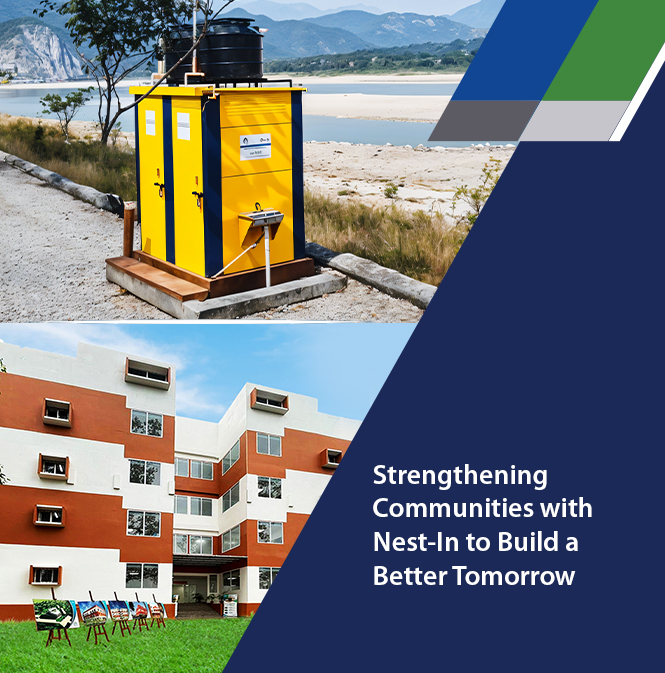

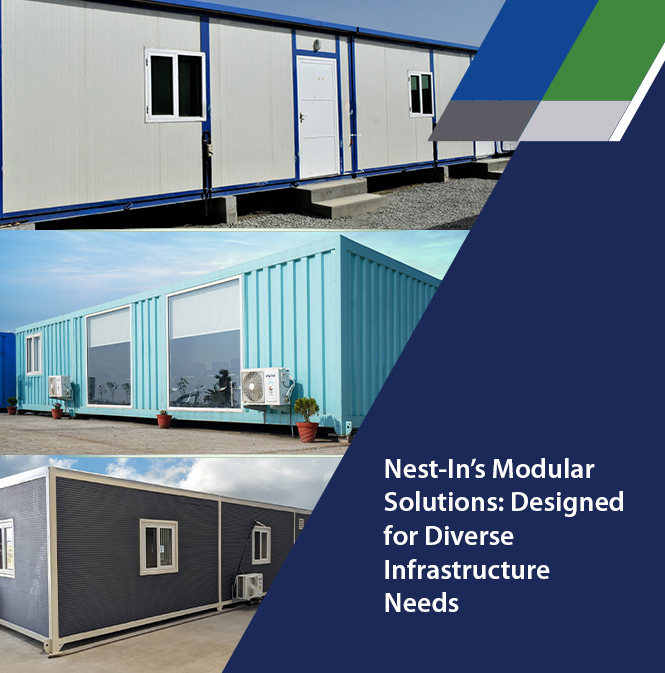






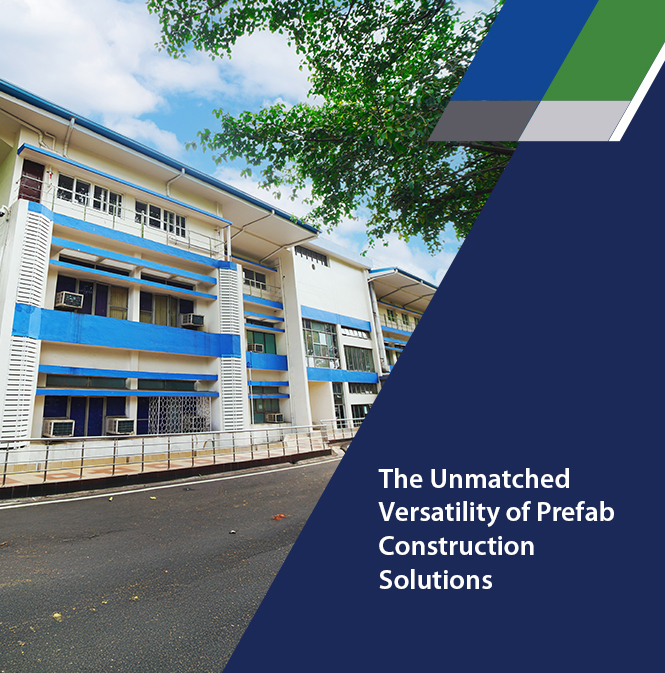
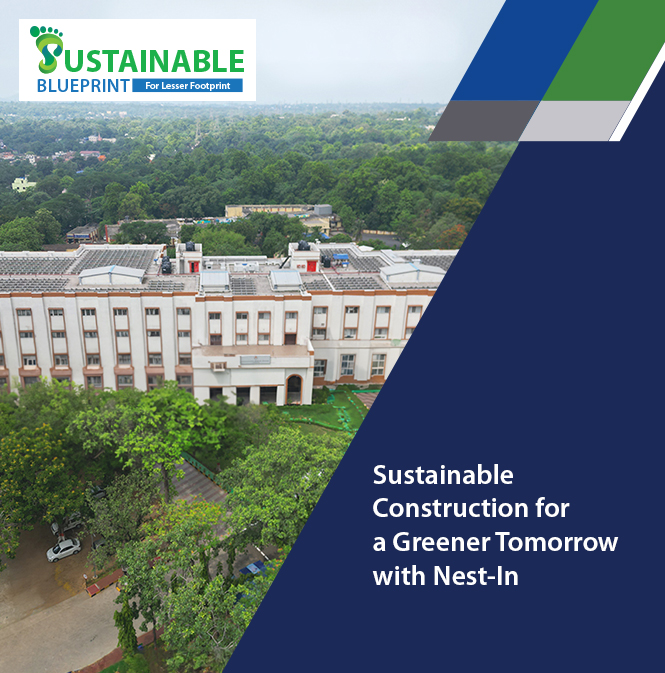




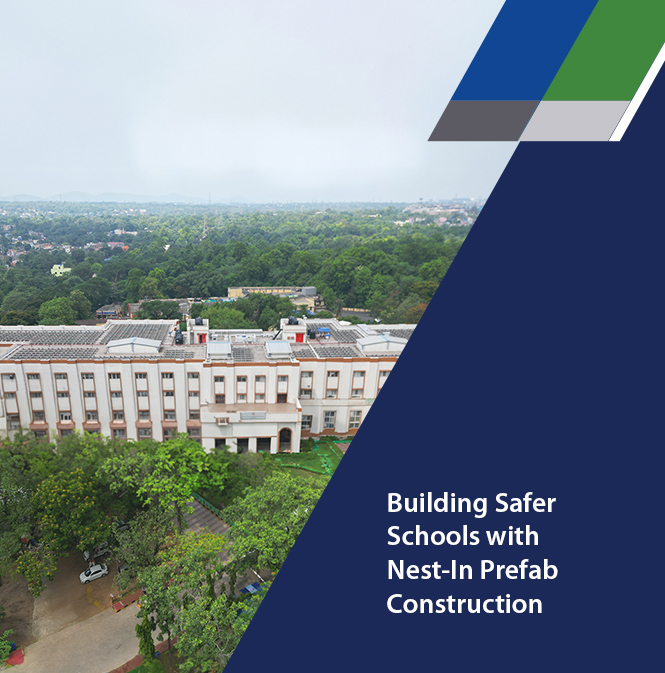


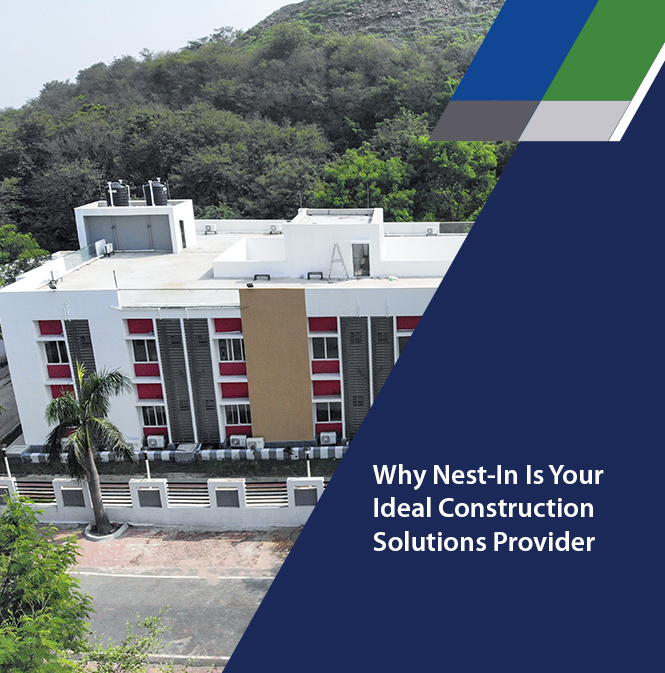
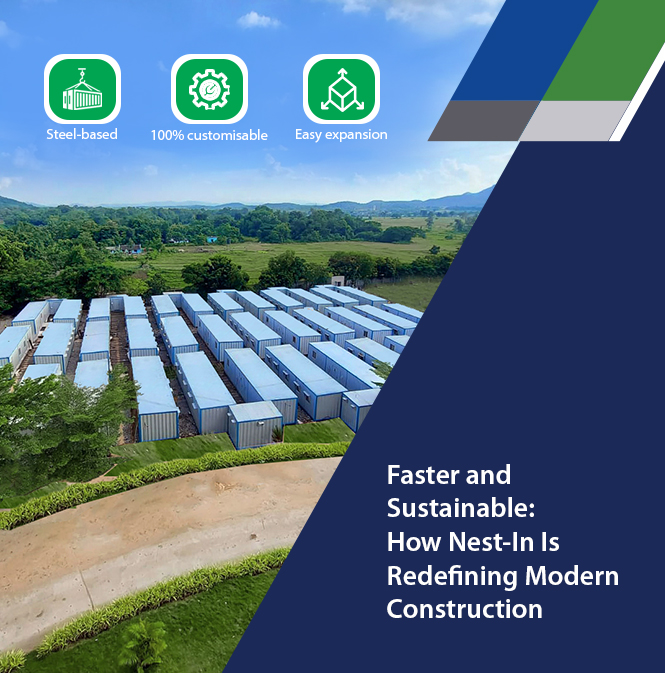




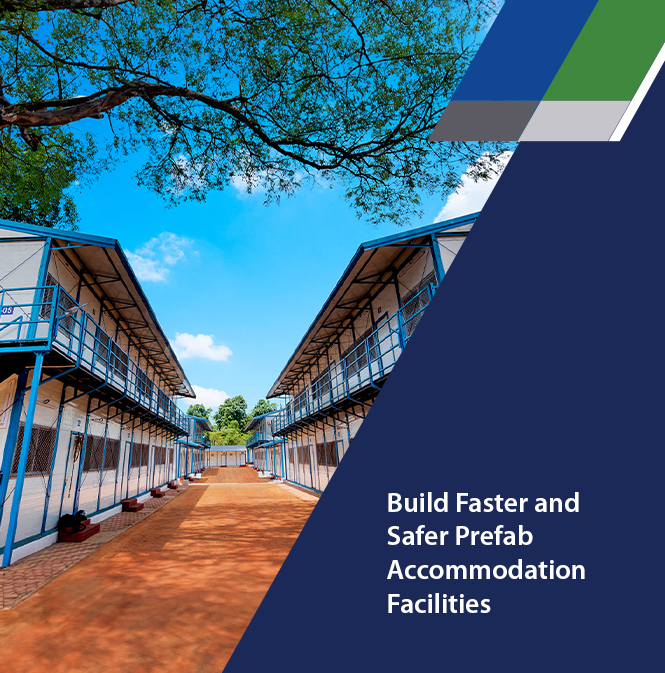




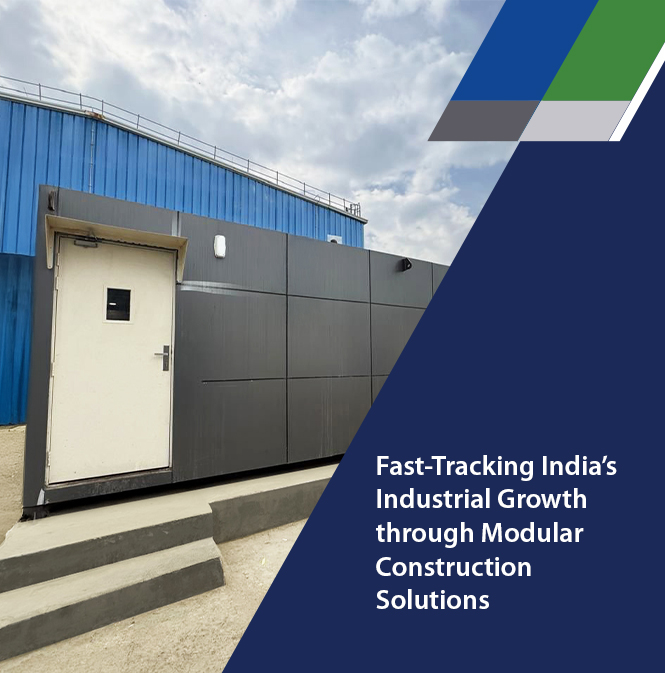







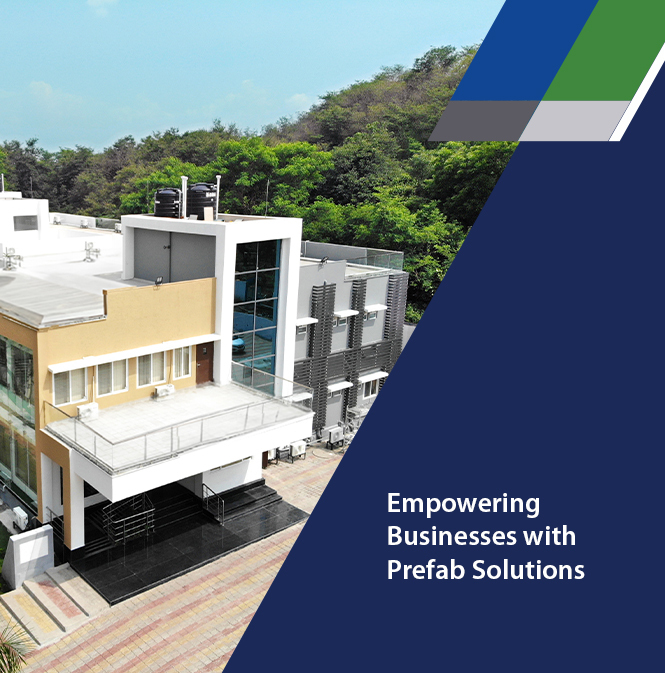


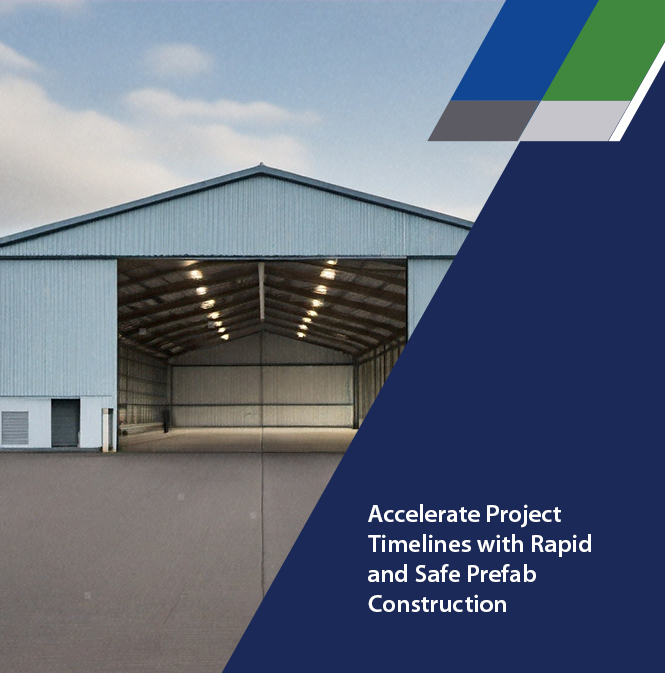
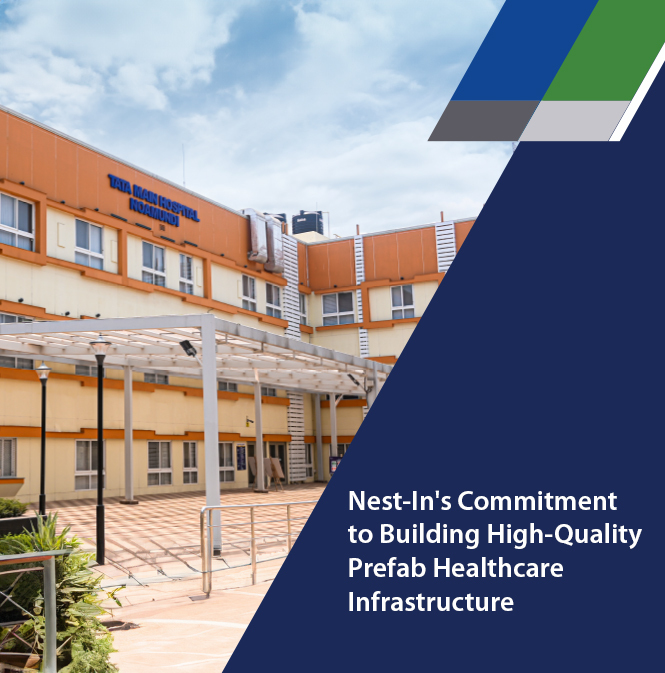





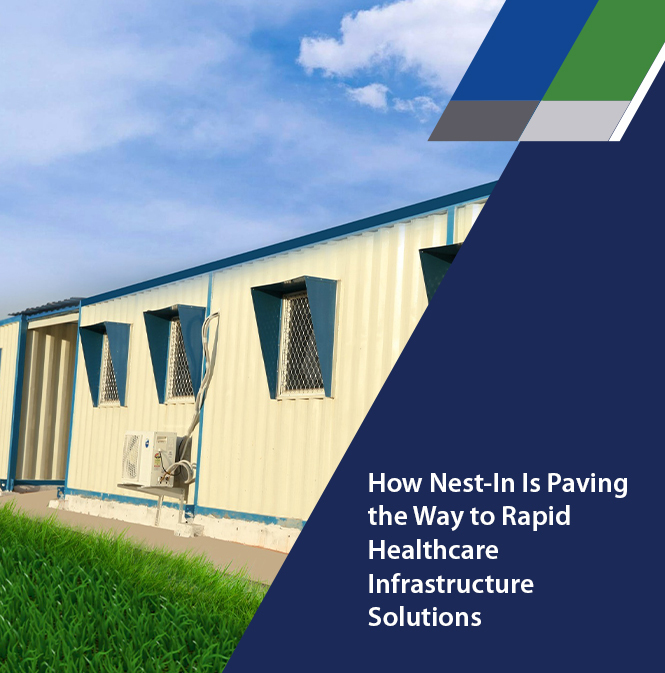




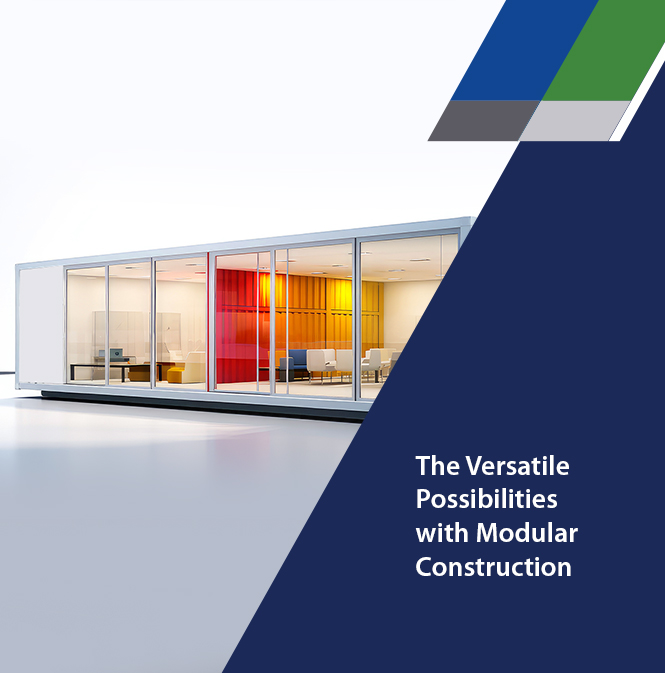

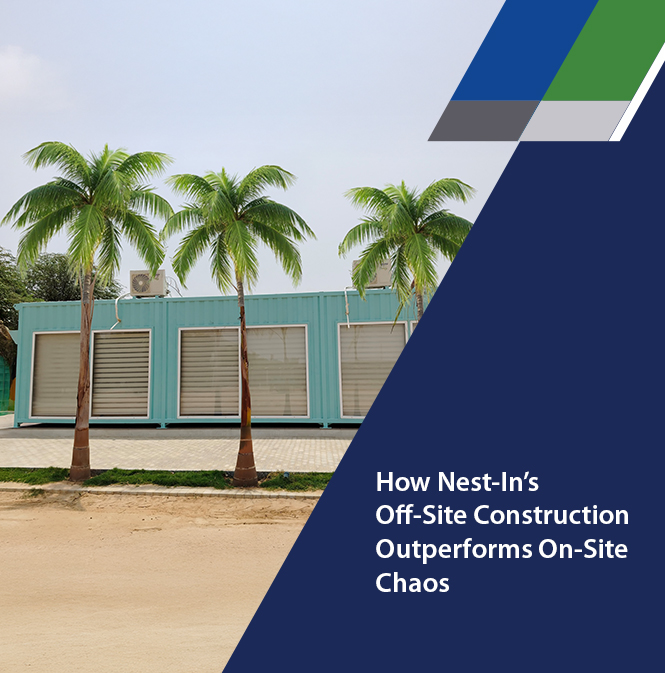
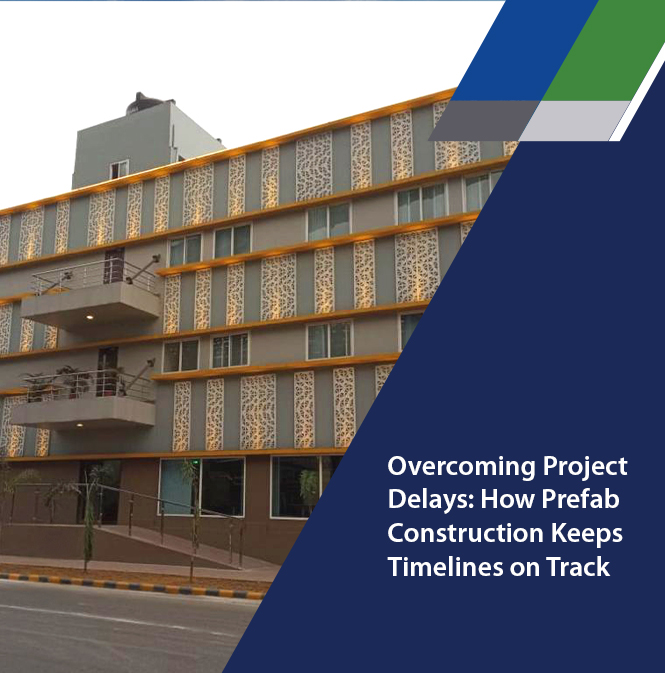







Add comment